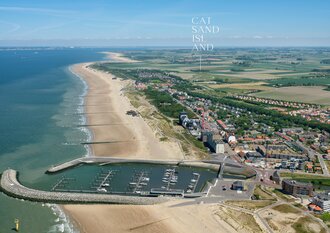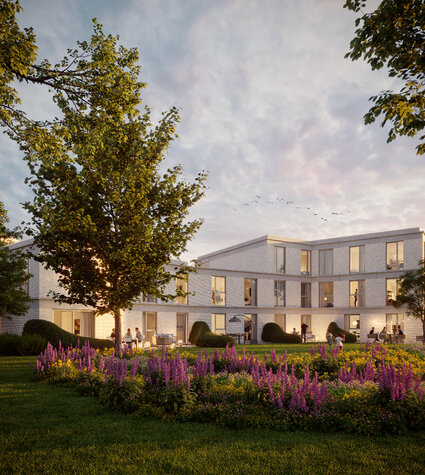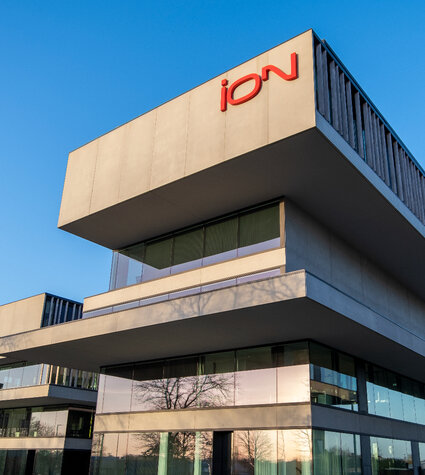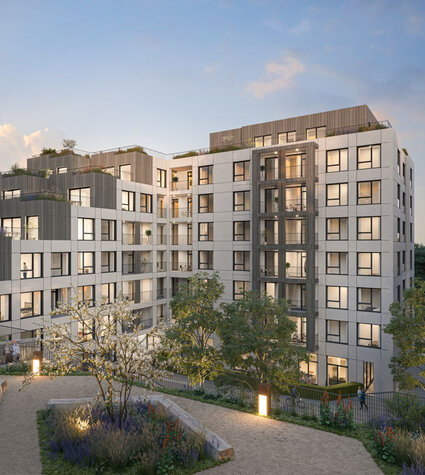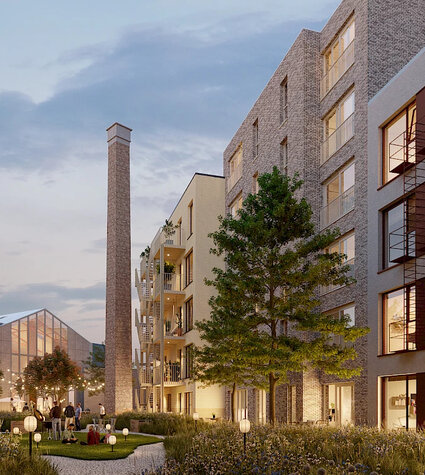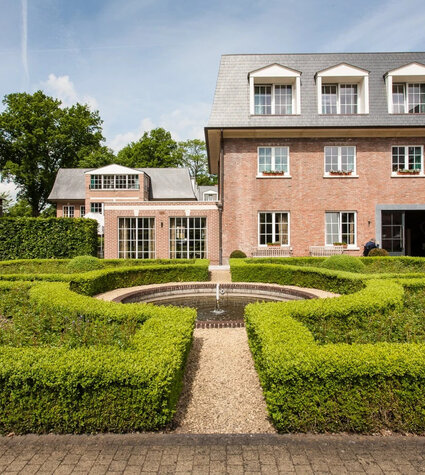
Urban Mining: prospecting for construction gold in the city
In Flanders alone, the construction sector produces 15 million tonnes of construction and demolition waste every year. This is the equivalent to as many as 40 demolished Empire State Buildings. This gigantic mountain of waste, of course, signifies a potential goldmine of reusable raw materials and other materials. The potential benefits of urban mining for the climate, humans and nature seem obvious but is it in fact as straightforward and advantageous as it first appears? We put it to 3 experts: Peter Artois: technical director for ION, Anton Maertens: co-founder of BC Architects Studies & Materials and Sam Vandenberghe: Atelier Circuler vzw (an open workplace engaged in urban mining).

What exactly is urban mining and what techniques are already being used today?
Sam: “At Atelier Circuler, we dismantle everything that has no structural value. We also collect the stuff that has already been dismantled. It concerns raw materials that can be reused directly and that we bring back into circular usage, with minimal effort.”
Anton: “We see the city as a playground with available materials which still have a wealth of value. Earth, amongst other things, is our specific focus because earth gets excavated for virtually every large project. In Brussels, for example, approximately 2 million tonnes are excavated per year; in Belgium alone, the figure is approximately 37 million tonnes. This earth can be put to very good use for making plaster, clay bricks or rammed earth.”
Peter: “For us, urban mining is part of our general vision surrounding sustainability and innovation. We also integrate circular aspects in our construction projects. As a matter of fact, we regard city buildings as a store for new raw materials. This is not something straightforward but it’s a challenge we increasingly need to face.”
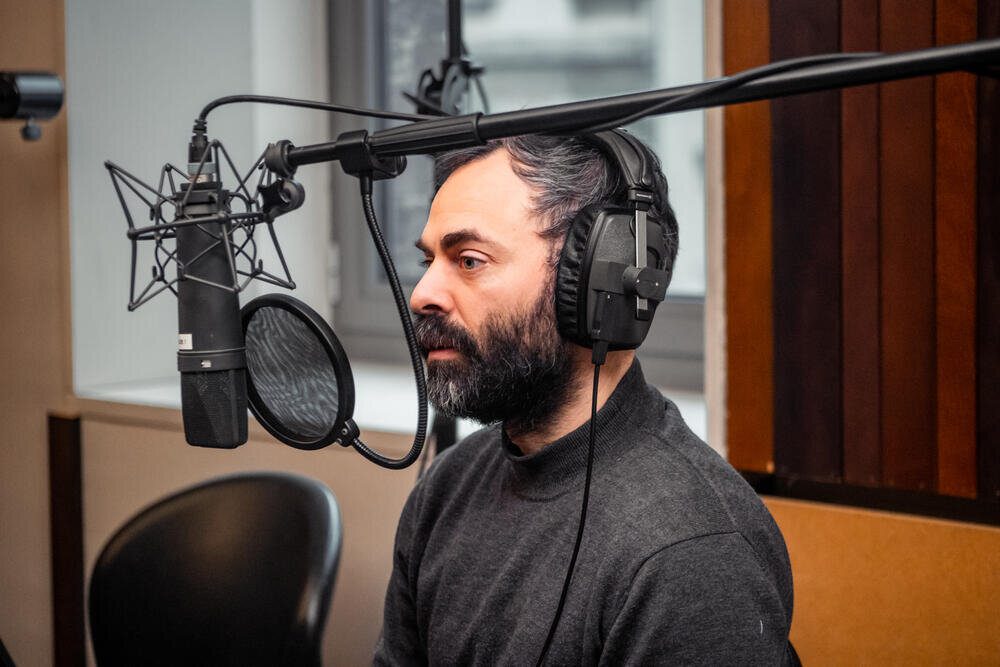
Does this new trend also affect the price of new builds?
Anton: “The price of your material, in terms of the total cost of your project, is not always so huge. There are high wage costs too and many technical installations which are sometimes costly, so in that sense I think it is perhaps a sizeable figure. But it is, of course, interesting for our economy if you look at it from Belgium or from Flanders. You’re recovering local materials and creating added value and jobs. If we fetch our materials from much further afield, such as in India and China, it is of no use to our economy.
Do we anticipate any disadvantages or hurdles too?
Peter: “Our primary focus is downcycling. We make a residual product of inferior value out of brick or concrete which is then used as the foundation for roads. It is a challenge to create a high-grade product out of it again. This process requires certificates and standards, which isn’t always easy. The source of the material is not always known and the volume does not always correspond either. In my view, what is required is a kind of materials bank so that we can group the materials. The small scale remains an obstacle right now but this concept is set to expand in any case.”
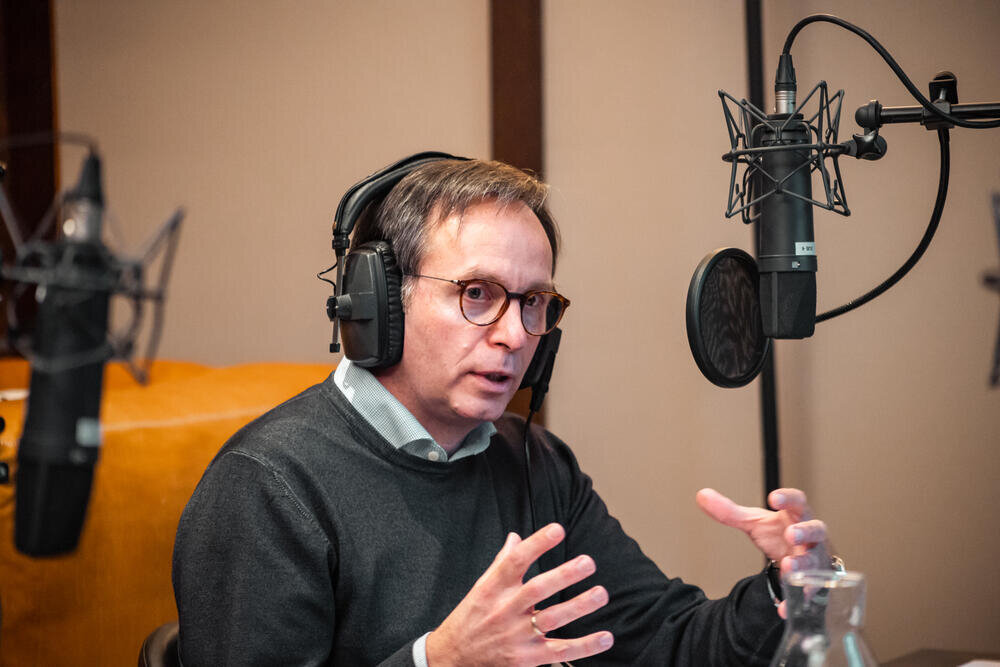
Many buildings that are demolished are old; are these reusable materials of sufficient quality to be able to be reused?
Anton: “Definitely. In the construction sector you are, of course, obliged to adhere to standards and this legal and administrative side can be frustrating. However, I believe we are prepared. Furthermore, companies such as Atelier Circuler are getting better at what they do all the time, constantly gathering more knowledge, enabling their offering to come in line with what developers need. The question is just how fast we will overcome the obstacles and how we can make this economically feasible. This is why it is good that there are definitely pioneers such as, for example, ION, who are already pursuing this.”
Peter: “ION is a pioneer for sure. We are boldly forging ahead and urban mining is in line with our sustainable principles. The fact we also require fewer raw materials to produce new materials is a positive evolution for the earth. In the Brussels-Capital Region, there is now a process in place whereby it is legally no longer possible to simply demolish a building. If you fail to give the matter proper consideration in a timely manner, you will get left behind.”
Do you think more government incentives are needed to encourage and facilitate urban mining?
Sam: “Yes, I think there are still many gaps in legislation, meaning reuse is not an option from a legal standpoint. In Belgium, the definition of what constitutes waste is also a very broad one. Every product someone wants to dispose of without a cost is considered waste. This makes it difficult at times to get started. To give just one small example: if you build a bench out of pallets, this prompts a discussion. Can you simply sell that? In principle, you are not allowed to manage a waste product as a non-profit association. Therefore, this also applies to items from the construction sector. Meanwhile, we are now able to reuse and repurpose products for original use so we can get going in fact but to ensure large-scale circulation we need a statute that enables us to convert waste materials into raw materials. We are currently trying to obtain this statute but not without a struggle.”
Where will be at with urban mining in 10 years?
Sam: “I hope it will become the standard and seen more as the rule than the exception. Or that tax breaks for circular products will come under consideration.”
Anton: “I think this will become mainstream in 10 years. It will certainly take some doing but right now the construction sector is responsible for high CO2 emissions. Urban mining can greatly reduce this, meaning climate targets might be reached more easily.”
Peter: “I concur. In principle, 95% can be recovered today so I definitely believe that this recovery will become a fixed component in a new project. Obligations will also likely ensue for new builds to work with a certain percentage of recycled material. Within 10 years this will likely be a fixed component.”

Recent articles

